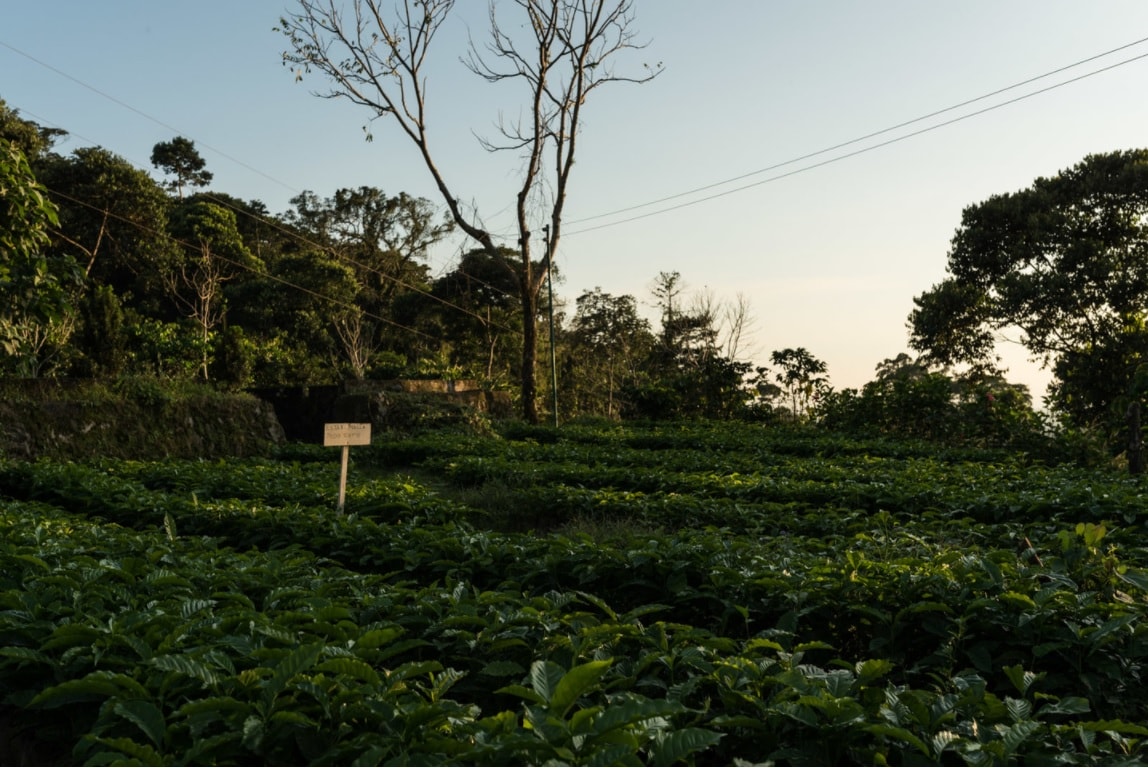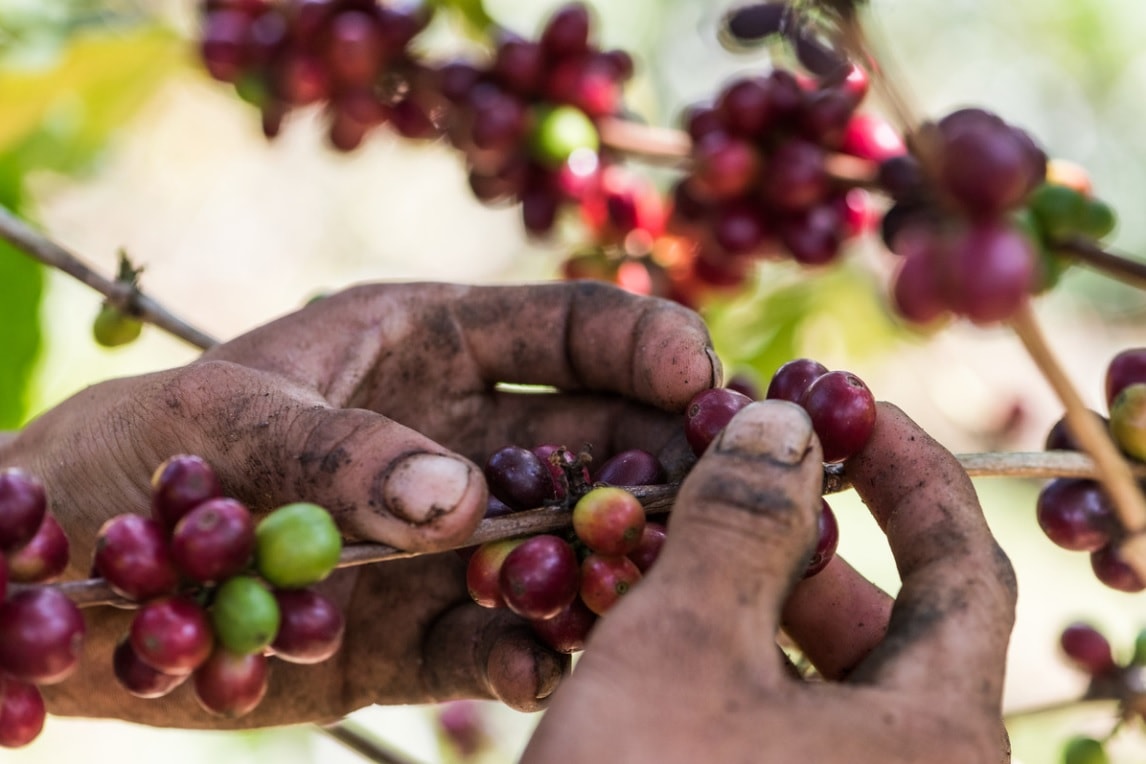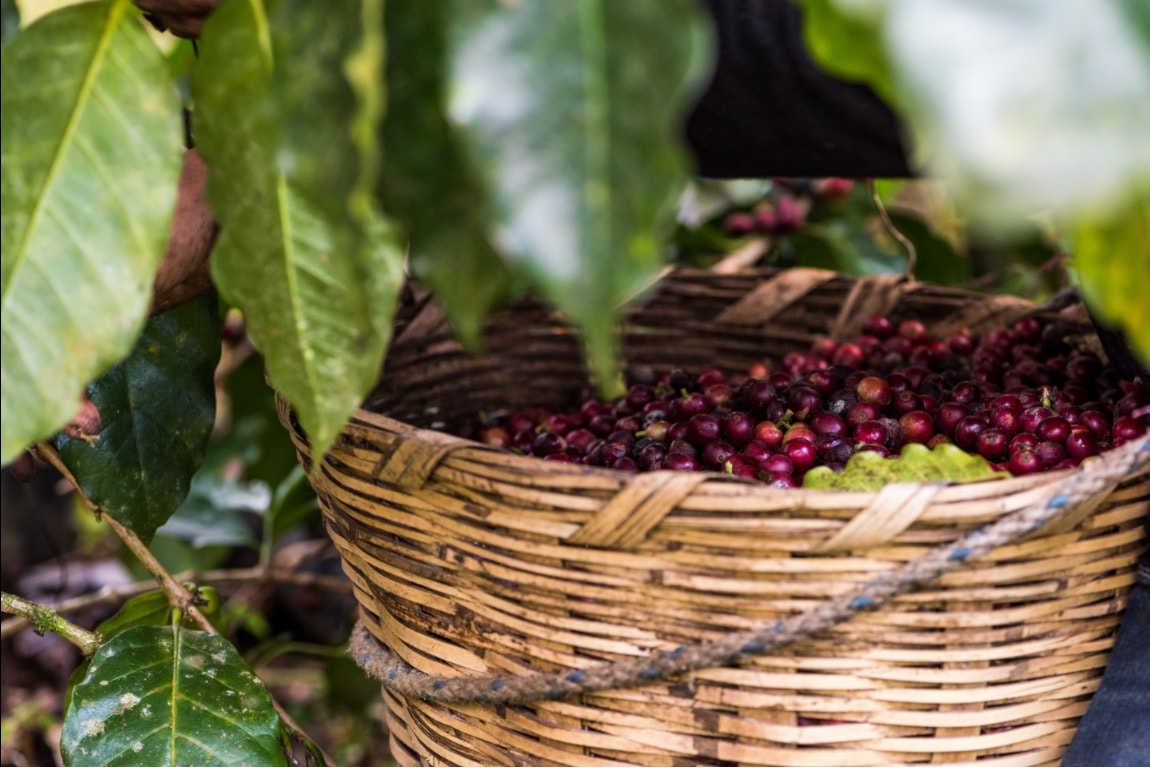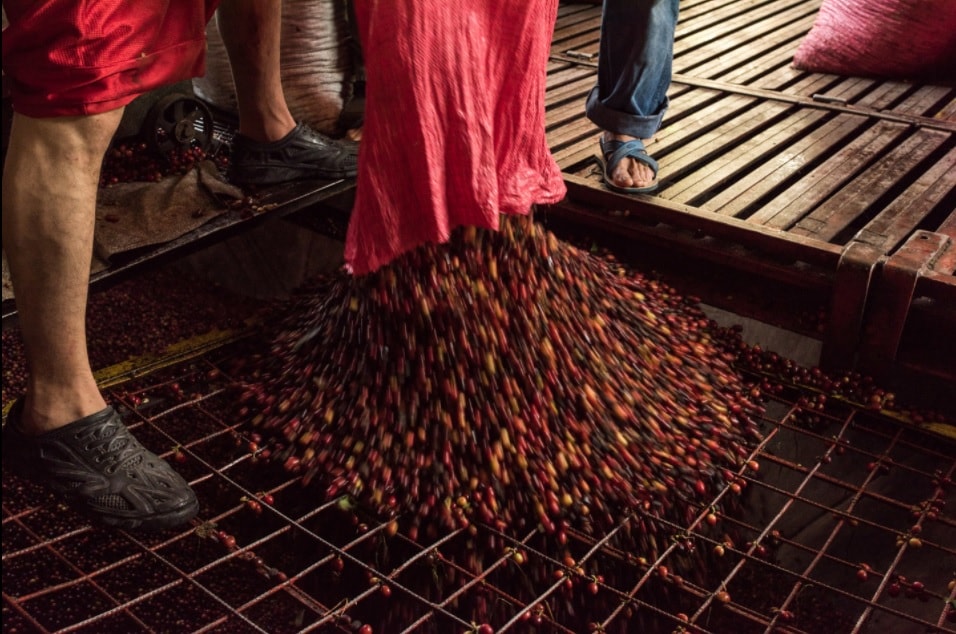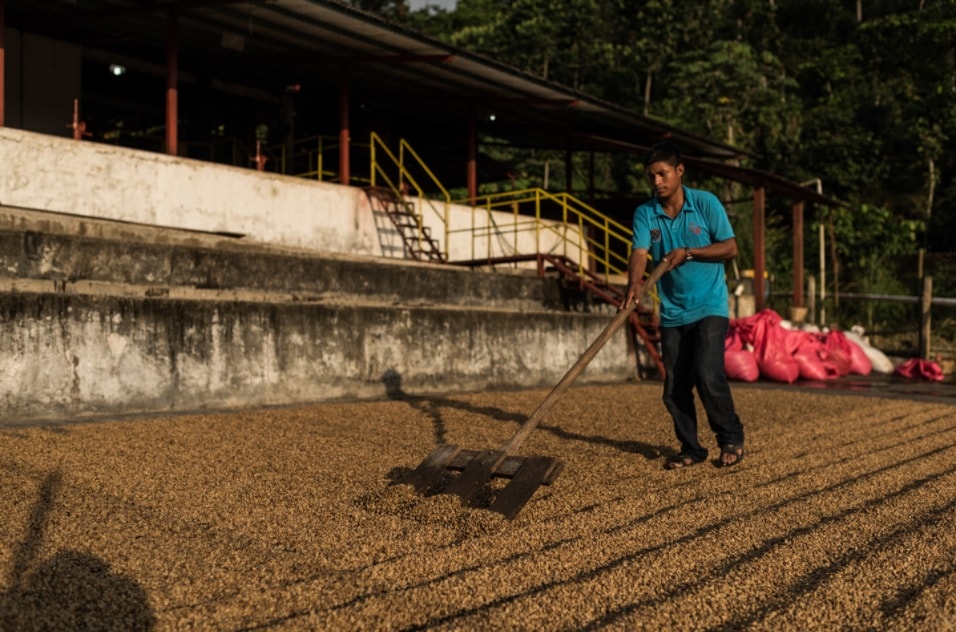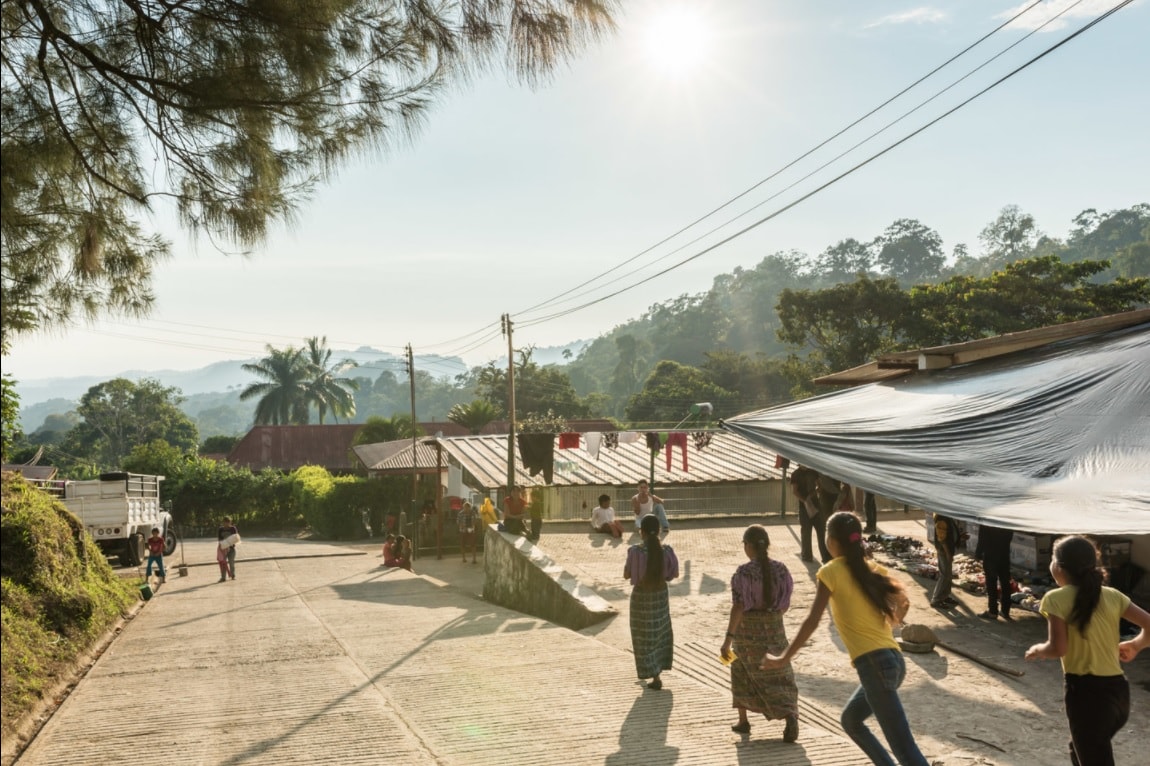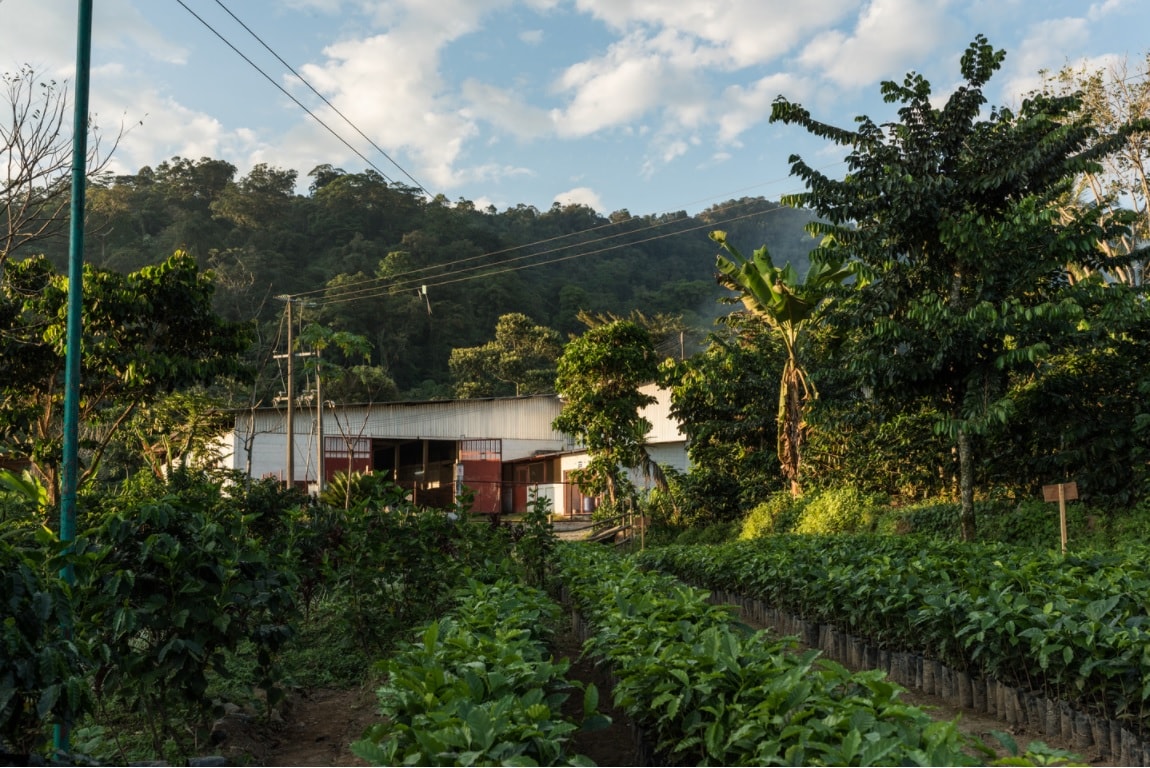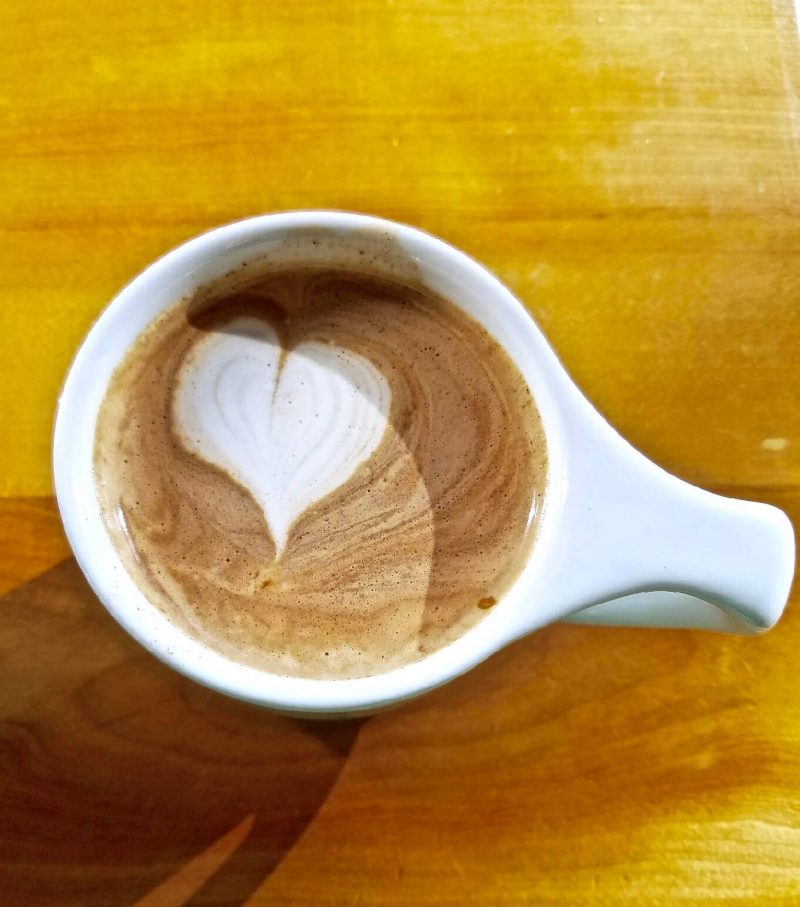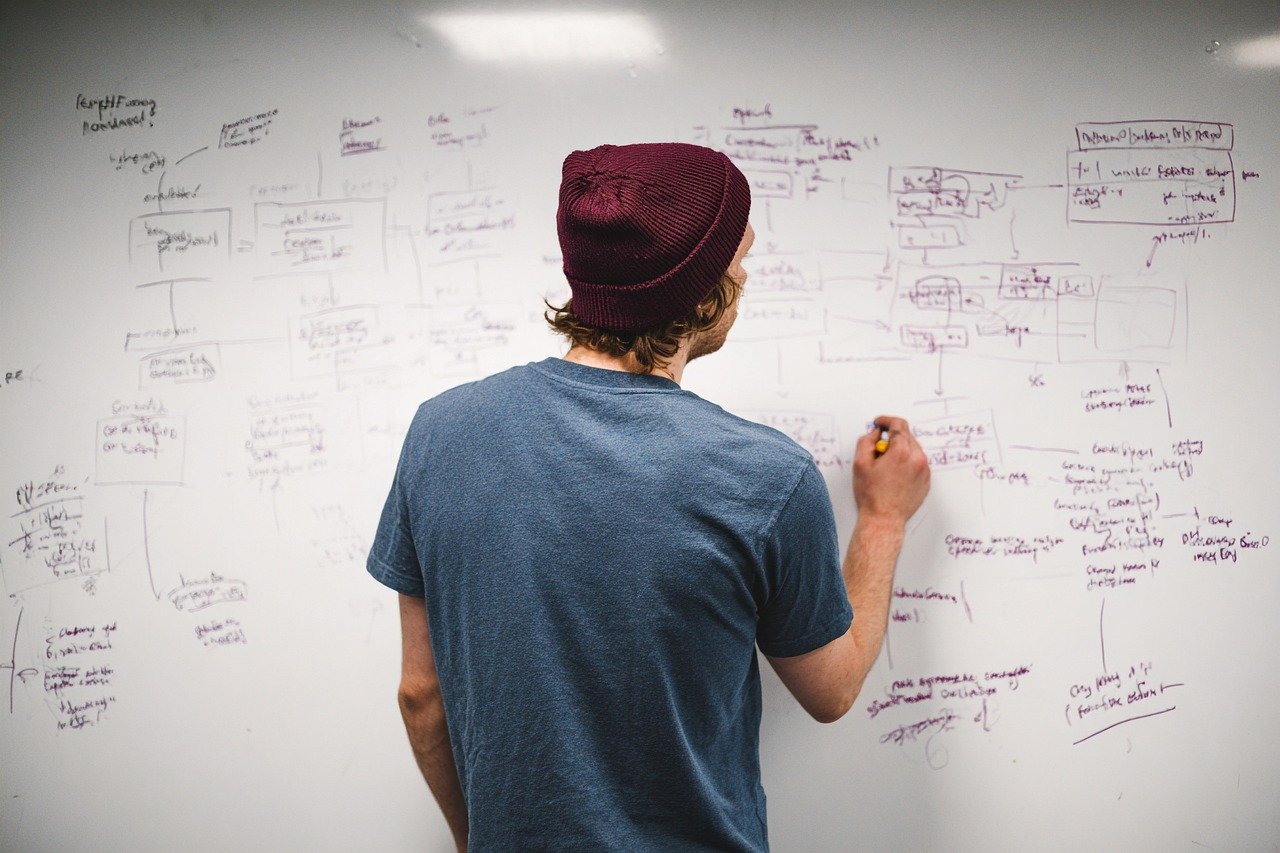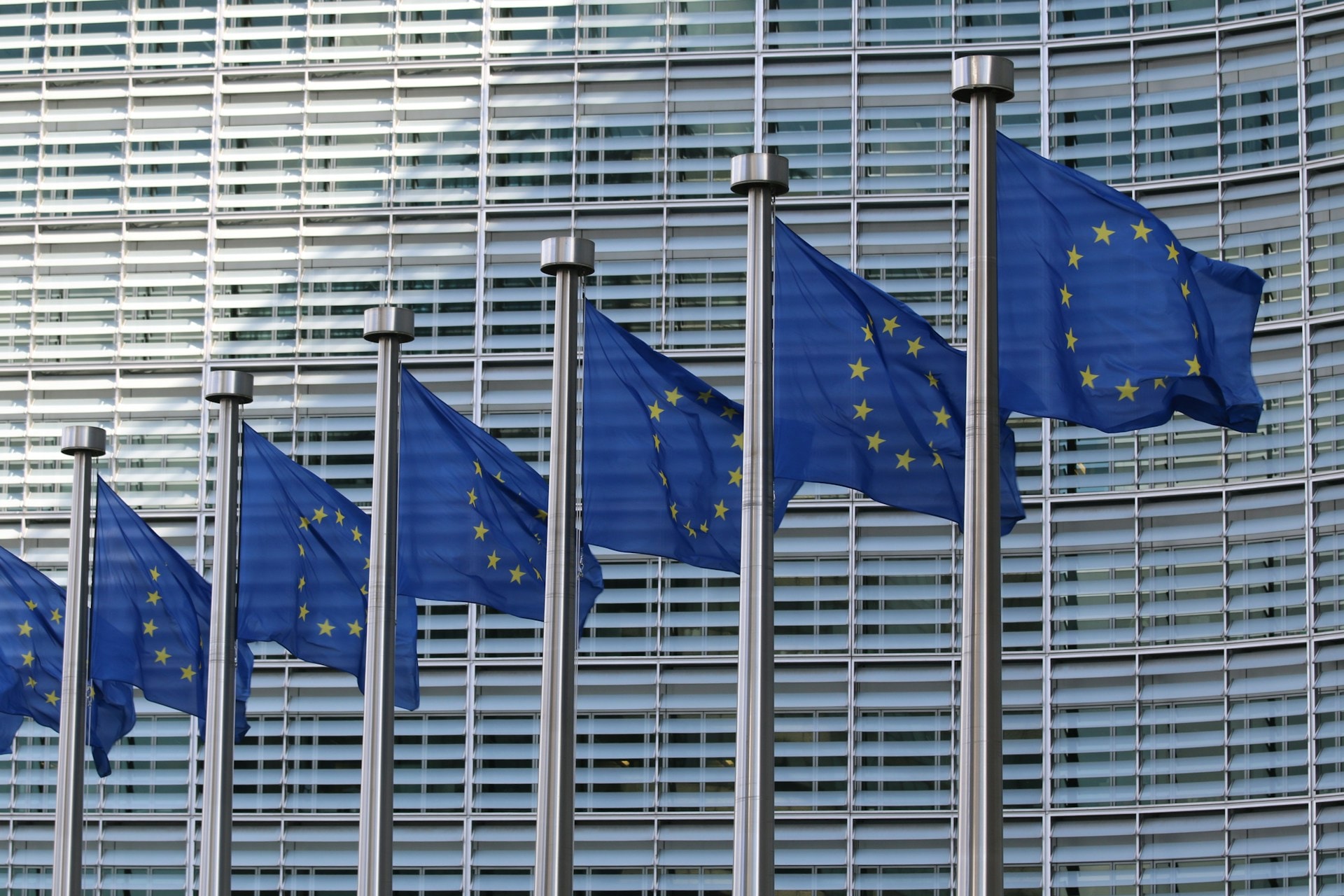Bonaverde is a start-up currently crowdfunding on Seedrs. The company’s innovative approach to the coffee market could be the start of a revolution in this field. Having both high-quality coffee and fair payment for growers is no longer just an idealist pipe dream.
CEO Hans Stier explained to us how it works.
How did Bonaverde get started?
Hans Stier: I was drinking a lot of coffee while doing a lot of late-night shifts at my previous workplace in London, and as you do when you drink coffee, you tend to check out a lot of different coffee places. I used to buy coffee on places where there are good ratings according to people’s rating. I stumbled across this astonishing coffee tasting where this guy – one of the very first SCAE (Specialty Coffee Association of Europe) roasters – had a tasting with us and he roasted the coffee right in the shop. And then straight away he grinded it and had us tasting it; it was really outstanding and I thought this was fantastic – why couldn’t this be integrated into a small machine? And that was the idea.
Literally overnight I went back to the office because I was all caffeinated from the tasting, and I quit my job the next morning after having done some patent research, and found out that this is really unique. There is nothing like this now – zero. Everybody is doing big roasting devices of around five to ten kilogrammes, but nobody is doing anything below 100 grams. So, we saw this niche, and a very big opportunity to make something good and actually have a better taste and a fairer product. Very shortly after, I started engaging with everything around the supply chain to understand how the mechanisms work and how coffee is sorted and traded around the world, and found out that coffee is the product with the second-largest trade volume in the world after oil. There is nothing that is sold any more than coffee, and it’s of course a sexier product than oil. This is huge and we really understood that we could turn a commodity into a consumable and have people buy a commodity from growers at a consumer price and have that price being paid to the actual producer rather than to a domestic brand of roasters or traders or retailers. Everybody is making their own coffee brand because they can make so much money. Look at Porsche design: they have a coffee brand. Mercedes has a coffee brand. Why? Simply because one can make a lot of money off of it.
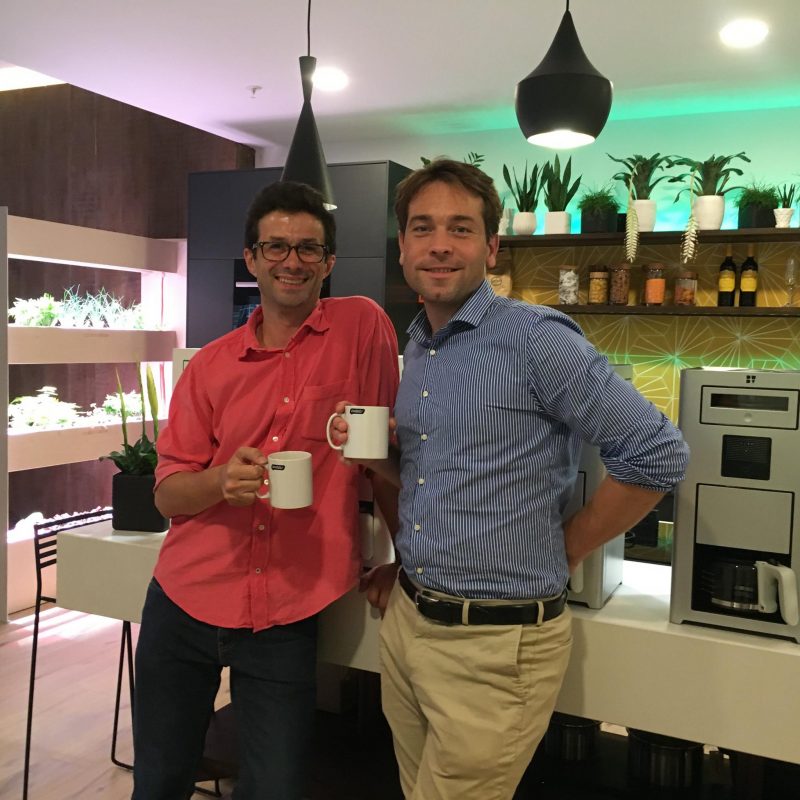
IN THE PHOTO: HANS STIER (R) WITH SIMON GOSLING FROM UNRULY PHOTO CREDIT: BONAVERDE
This has benefits for the producers and the consumers?
HS: Yes, we were thinking about how to set up the business for quite a long time, looking at different mechanisms in the market and try to understand how this whole business can be set up and how it could be most profitable not only for us but also for the supply chain and the stakeholders. We knew from the beginning we wanted to do crowdfunding simply because it is such a large style consumer product. It would be stupid only to raise VC money. We also have venture capital money from institutional investors, but the consumers obviously invest and buy the product and it’s probably the best way to have something financed. We came up with the concept where we have gateways of packaging lines – a hardware industrial piece of processing machinery, worth USD $150-200k, is put in farm level with growers, and they can package their coffee for the first time in a consumer ready portion. They would normally just throw it into a container and the container then leaves to Europe or the USA, and it’s then processed and everybody else makes the money. And now they can have the end consumer product leave their premises and make the money.
This is when we thought, “Wait a second; this is cool. We can turn this into a marketplace where we are rather the platform then the actual coffee roastery, or the actual coffee processor”. Consumers are doing the roasting. We leave everything with the growers and take a commission on the sales. So, we have a great margin because we really just do digital business. And the growers also then become brands, which is great because consumers can then recognise them and sell them. They can also work together with brands. So we are not closing ourselves down to working only with growers. We always have the 100% obligation to understand where the coffee is coming from; it needs to be 100% traceable. But as long as we have that, we are also working with brands. We have their coffee on our website and our marketplace, fill it into pouches and those packaging lines, and then the growers make the cut and become a brand. That’s the ambition.
Have you found it difficult to shift consumers away from capsules to self-roasting?
HS: Indeed, when you look at the market, it’s an oligopoly, so there are not too many players and it’s very consolidated. There are heaps of players, but they are getting less and less because they are all buying each other. I spoke with a guy from Lavazza the other day and he told me that in coffee today, you either buy or you get bought. These are the only two things that happen, and there’s no other way to survive. And I think he’s right, because the consolidation is going on in an industry that is heavily growing, coffee is growing at a pace of 30-40% in some countries, and still prices are rising and will keep rising because there’s so much commodity that will be available at some point. You cannot grow coffee everywhere; you can only grow it in certain regions.
And the fun, and also sad, fact that we came across very early is that every single coffee producing country is a developing country. There is no such thing as a country that is both industrialised and is producing coffee. And that’s not because they don’t want to anymore, but because with the current structure of the coffee sales, we keep them in their position as a developing country. Because it is in our interest. We want them to remain a developing country. Which is sad because there is no need for it, other than having rich labels and us drinking cheap coffee. That’s it.
Can you explain the use of technology in Bonaverde’s work?
HS: It’s actually really simple. What we came up with is a crop-to-cup system – an end-to-end circle. We start the process at the grower. We have him become a brand by having a backend available where he can take pictures and write content. Just like when you put your apartment up on Airbnb. You go out with a backend system and take pictures of your apartment, write your story, the content, links, phone numbers, the address, the price, etc. You make this in a way that is appealing to people. With this system, growers can put up content around their coffee. Since coffee is moving, unlike apartments on Airbnb which are stationary, we came up with a solution where every single portioned pouch is not a simple CAPS tool, which is secure because it’s patented, but it’s dumb. It doesn’t think. So, we instead connected each little pouch with an NFC, the same technology that is on your credit card. And this is especially secure to growers and consumers, but it also communicates with the backend of the grower as this information that he puts up on the backend is hooked up to the NFC due to his serial number and the little antenna in the NFC shipment. And when the machine is filled with that single portion pouch, the machine also reads that antenna. And, therefore, the machine understands which coffee it is precisely, and now it is using that information to distribute it to consumers and that is really where we make our money. The consumer is paying for the coffee and we distribute what the consumers pay along the supply chain.
Do you have plans for an espresso machine as well? How is this going to be developed?
HS: What we have currently in the market, at a pretty high capacity in its production already (around 200 units per day, which means we ship out 1,000 units every Friday), is a machine that is not only grinding and brewing the coffee, but also roasting it. So it’s a filter coffee. The next machine that we will bring out, and this is not part of this campaign so I unfortunately can’t fully disclose all the details, but it is an approach to espresso in coffee shops. We are not approaching the home use market, but we are approaching the coffee shop market. People drink a lot of coffee out of home, and pay a lot of money for it in coffee shops – you can easily pay £4 for decent coffee at a nice shop in London. At this price, we can distribute much better than it’s being distributed at the moment. So rather than the coffee shops paying around £20 per kilo to a roaster, we can get a cut from every £4 cup and redistribute some of that money back to the grower while connecting the consumer through that digital product, that Airbnb-like backend system, with the producer.
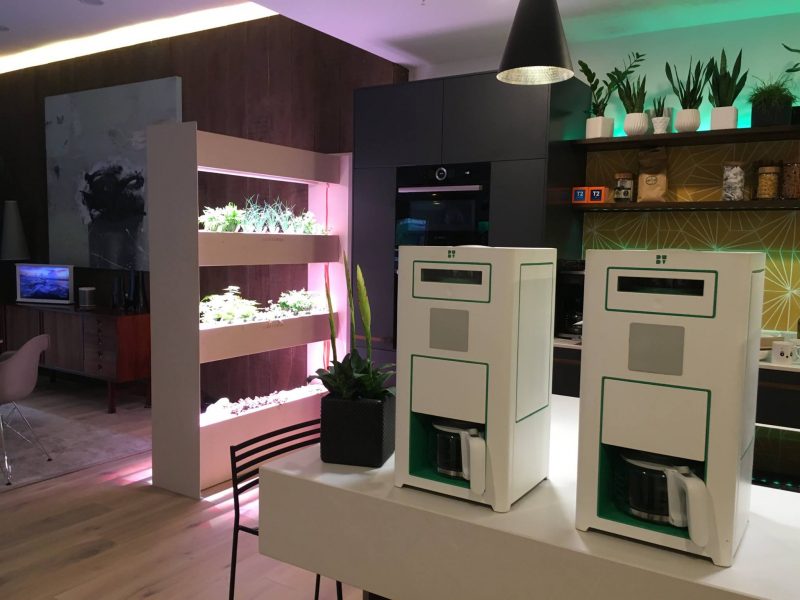
IN THE PHOTO: BONAVERDE MACHINES PHOTO CREDIT: BONAVERDE
Is this the future of coffee?
HS: If you go on distribution.bonaverde.com, you will find a website we set up solely because all of the industry players are actually approaching us. We sort of flipped the table around. Usually start-ups go out and they knock on the doors of big brands and say, “We are small, we are innovative. This is our product. What do you think about working with us?” And then the big brands frequently say that they need proof of a finished product in the market or make other demands before agreeing to work with them. With us this was entirely different since the first thing we did was a crowdfunding campaign. That sort of proved us to the market immediately, and now we also have a product at-hand and installed in the market. So there is no reason not to believe that this is working.
Distributors and retailers, but mainly manufacturers – including the big-name world players like Cuisinart, Mr Coffee and Hamilton Beach, among others –are approaching us and they are asking to meet to discuss our product. We realised that, as a platform, we have an interest in distributing that information among these companies, and we require payment for it. And we set up this website which sells distribution packages for a couple thousand bucks to these people, and the list of people that have bought this reads like a who’s-who of coffee. Everybody out there wants to understand how this supply chain can be kept through, and how they can make more money while being more sustainable, offering a greater value chain, and more value-added, to the consumer.
It really does seem like a revolution in the world of coffee is underway with Bonaverde’s entry into the market. Making profits while acting fairly and ethically within the market is a great starting point. The crowd funding campaign, currently developing on Seedrs, is already a success. After all, who does not like a good cup of coffee?



